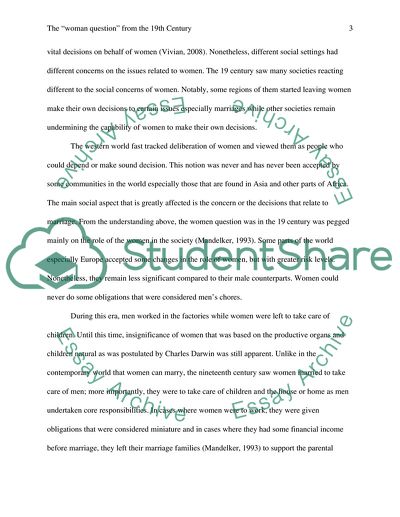Cite this document
(The Woman Question from the 19th Century Research Paper, n.d.)
The Woman Question from the 19th Century Research Paper. Retrieved from https://studentshare.org/history/1793764-the-woman-question-from-the-19th-century
The Woman Question from the 19th Century Research Paper. Retrieved from https://studentshare.org/history/1793764-the-woman-question-from-the-19th-century
(The Woman Question from the 19th Century Research Paper)
The Woman Question from the 19th Century Research Paper. https://studentshare.org/history/1793764-the-woman-question-from-the-19th-century.
The Woman Question from the 19th Century Research Paper. https://studentshare.org/history/1793764-the-woman-question-from-the-19th-century.
“The Woman Question from the 19th Century Research Paper”, n.d. https://studentshare.org/history/1793764-the-woman-question-from-the-19th-century.


